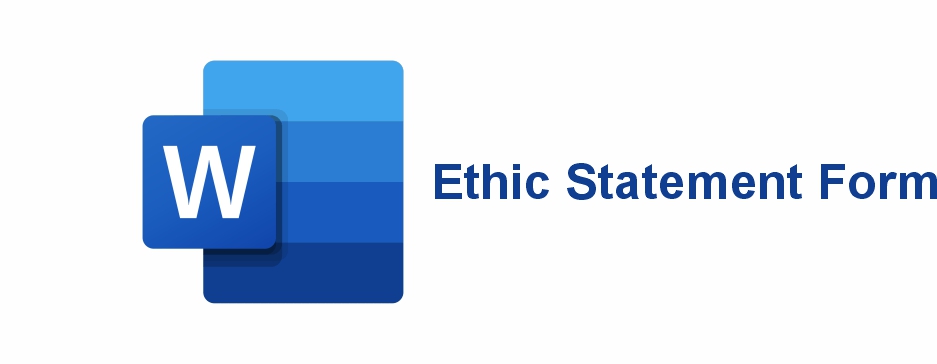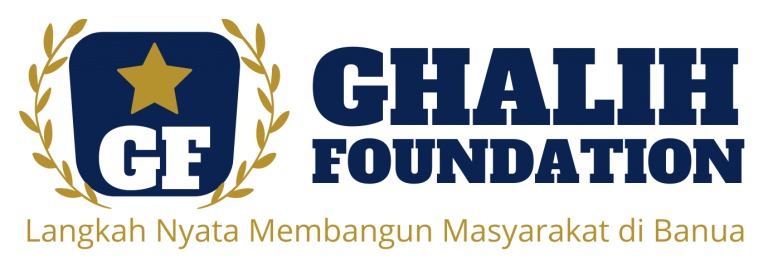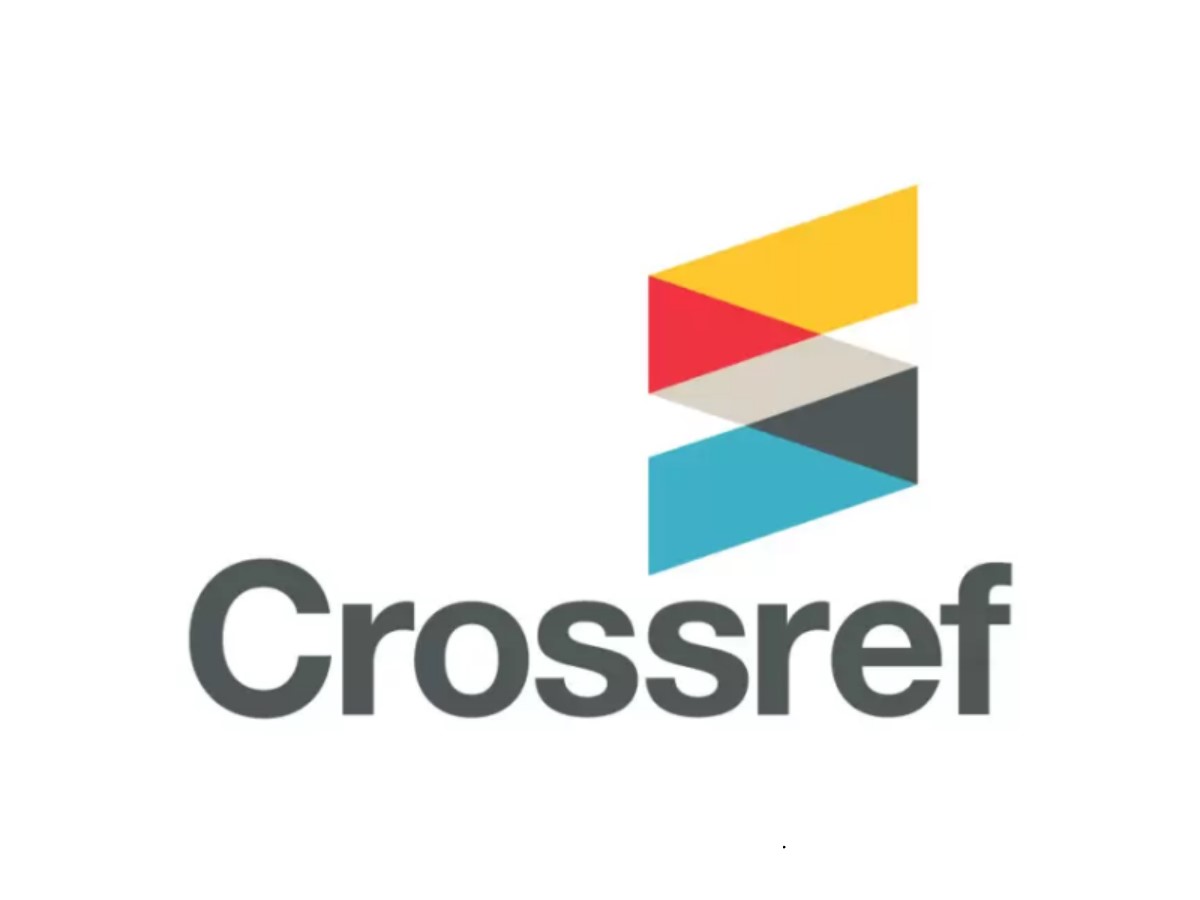LAUNDRY WASTEWATER TREATMENT WITH REPEATED FILTER
DOI:
https://doi.org/10.53893/austenit.v15i1.4860Keywords:
Laundry wastewater, COD, Turbidity, Odor, Active CarbonAbstract
Water scarcity and water contamination are among the most challenging global issues today. Wastewater discharged into water bodies that are not appropriately managed causes a decrease in water quality, one of which is laundry wastewater which contains many hazardous materials resulting from the use of detergents and clothes deodorizers. This wastewater pollution management control uses a repeated filtration system with activated carbon as the main ingredient. This aims to determine the effectiveness of reducing the concentration of Chemical Oxygen Demand (COD), water turbidity, and odor level. Activated carbon effectively reduced the COD number from 964 Mg/L to 14 Mg/L. The turbidity level of water decreased from 302 to 2.29 on the NTU scale. This shows that a simple filtration system with activated carbon as the main ingredient for laundry wastewater treatment is very efficient in reducing COD levels, water turbidity levels, and odors from wastewater.
Downloads
References
Das, K., Akibat, P., Limbah, P., 2013. Kajian Karakteristik Kimia Air, Fisika Air Dan Debit Sungai Pada Kawasan Das Padang Akibat Pembuangan Limbah Tapioka. J. Agroekoteknologi Univ. Sumatera Utara 1, 615–625.
DOI: 10.32734/jaet.v1i3.2939
Delgado, N., Capparelli, A. Navarro, And Marino,D., “Pharmaceutical Emerging Pollutants Removal From Water Using Powdered Activated Carbon: Study Of Kinetics And Adsorption Equilibrium,†J. Environ. Manage., Vol. 236, No. September 2018, Pp. 301–308, 2019.
https://doi.org/10.1016/j.jenvman.2019.01.116
Hanani, Y., Dewi, G.C., Joko, T., 2015. Kemampuan Tawas dan Serbuk Biji Asam Jawa (Tamarindusindica) Untuk Menurunkan Kadar COD (Chemical Oxygen Demand) Pada Limbah Cair Laundry. J. Chem. Inf. Model. 53, 1689–1699. https://doi.org/10.1017/CBO9781107415324.004
Ho, K.C., Teow, Y.H., Sum, J.Y., Ng, Z.J., Mohammad, A.W., 2021. Water pathways through the ages: Integrated laundry wastewater treatment for pollution prevention. Sci. Total Environ. 760, 143966. https://doi.org/10.1016/j.scitotenv.2020.143966
KEMEN LH. Baku Mutu Air, L.L.B.M.A., 2014. KepMen LH nomor 5 / 2014 1–10.
Kemenkes, R., 1990. Permenkes 416_90 1–10.
Manouchehri, M., Kargari, A., 2017. Water recovery from laundry wastewater by the cross flow microfiltration process: A strategy for water recycling in residential buildings. J. Clean. Prod. 168, 227–238. https://doi.org/10.1016/j.jclepro.2017.08.211
Nurroisah, E., Indarjo, S., Wahyuningsih, A.S., 2014. KEEFEKTIFAN AERASI SISTEM TRAY DAN FILTRASI SEBAGAI PENURUN CHEMICAL OXYGEN DEMAND DAN PADATAN TERSUSPENSI PADA LIMBAH CAIR BATIK 3, 56–64.
DOI:10.15294/UJPH.V3I4.3890
Puspitahati, C., Bambang, D., 2012. STUDY OF BIOSAND FILTER PERFORMANCE TO REDUCE PHOSPATE OF LAUNDRY WASTEWATERtle 1–12.
Ramcharan, T., Bissessur, A., 2016. Analysis of Linear Alkylbenzene Sulfonate in Laundry Wastewater by HPLC-UV and UV-Vis Spectrophotometry. J. Surfactants Deterg. 19, 209–218. https://doi.org/10.1007/s11743-015-1763-x
Wicheisa, fransiska vony, Hanani, Y., Astorina, N., 2018. PENURUNAN KADAR CHEMICAL OXYGEN DEMAND (COD) PADA LIMBAH CAIR LAUNDRY ORENS TEMBALANG DENGAN BERBAGAI VARIASI DOSIS KARBON AKTIF TEMPURUNG KELAPA. J. Chem. Inf. Model. 53, 1689–1699. https://doi.org/10.1017/CBO9781107415324.004
Widiyanto, A.F., Yuniarno, S., Kuswanto, K., 2015. Polusi Air Tanah Akibat Limbah Industri Dan Limbah Rumah Tangga. J. Kesehat. Masy. 10, 246. https://doi.org/10.15294/kemas.v10i2.3388
Widyarani, Wulan, D.R., Hamidah, U., Komarulzaman, A., Rosmalina, R.T., Sintawardani, N., 2022. Domestic wastewater in Indonesia: generation, characteristics and treatment. Environ. Sci. Pollut. Res. 29, 32397–32414. https://doi.org/10.1007/s11356-022-19057-6
Downloads
Published
How to Cite
Issue
Section
License
Copyright (c) 2023 Authors and Publisher

This work is licensed under a Creative Commons Attribution-ShareAlike 4.0 International License.
The Authors submitting a manuscript do so on the understanding that if accepted for publication, Authors retain copyright and grant the AUSTENIT right of first publication with the work simultaneously licensed under a Creative Commons Attribution-ShareAlike License that allows others to share the work with an acknowledgment of the work's authorship and initial publication in this journal.
AUSTENIT, the Editors and the Advisory International Editorial Board make every effort to ensure that no wrong or misleading data, opinions or statements be published in the journal. In any way, the contents of the articles and advertisements published in AUSTENIT are the sole responsibility of their respective authors and advertisers.














